Expertise provided by Tayo Femi-Fowode
Reviewed by Chaster Johnson
Key Points
- Value investing is great to earn returns in the long term.
- Value investing is an evergreen concept that works regardless of current events or trends.
- You will need patience as stocks typically need two years to reorient to a stock’s intrinsic value.

Is Value Investing a Good Idea?
Value investing is a good idea for investors looking for long-term wealth growth and have the patience to wait years to see investment returns. Value investing is an evergreen concept that is successful at buying and selling investments for a profit.
When you practice value investing, the process grounds you and keeps you from buying on impulse. This grounding occurs because this investing style forces you to figure you an actual price that a stock is worth. From this reference point, called an intrinsic value, you compare it to the price the market is giving you.
From this comparison, you end up with a clear decision point on when to invest and when to take profits. This comparison cares if the market price is a bargain but doesn’t care about how the market got to that price. Even if the price is rising or crashing, the value investor is only concerned about the price and not the price history.
So, starting with a value investing philosophy, if you’re participating in the stock market, you’re looking to buy a business for less than what they’re worth.
Value Investors React to the Market
Value investing forces you to put a price on the business or security before you go out and buy it. But it does make you reactive to the market. After you’ve waited for the right investment, you’re then waiting for your investment to pan out. The market trader is a proactive market participant that can use derivatives to build a trade regardless of market direction or price.
The Intrinsic Value of Your Worth
This strategy is so fundamental, it can be applied to other areas of your life. For example, if you’re going into a job interview, if you can go in knowing what salary you’re worth. If they offer you more than what you expected, then perfect! You don’t need to negotiate. But if they offer less than what you expected, then you can either negotiate or decline the offer. But if you go in not knowing your expected price, and ultimately your own worth, when you get an offer, you’re at a disadvantage. You don’t know if you should negotiate.
Knowing your own value allows you to negotiate your salary with the company. Similarly, knowing the intrinsic value of a company allows you to negotiate the stock price with the stock market. Just like a new job position, you’ only participate in the stock market if the price is right.

Know your worth before a job interview
Does Value Investing Still Work?
Value investing continues to work to this day because it is an evergreen concept that fundamentally drives the stock market. The intrinsic value of a stock anchors its price in the market. This anchoring is sometimes hard to see through market volatility because it may take years to reorient a stock’s price back to its intrinsic value.
Take Intel (INTC) as an example.
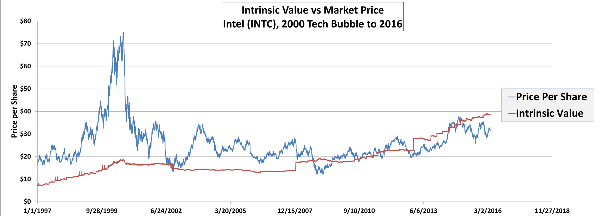
Intel was overvalued during the tech bubble of 2000. The price of Intel was 4x higher than It’s calculated intrinsic value at the peak of the tech bubble. It took until 2007 until Intel’s stock price once again followed its intrinsic value! As you can see in the graph, the market refused to sell Intel shares. Market participants held onto their Intel stock until finally in 2007 the market capitulated. After the 2008 financial crisis, Intel’s stock price was anchored again by its intrinsic value.
Value Investing is an Evergreen Concept
Value investing is one of two ways to make a profit from the purchase of an investment. The other method is technical analysis – conducted by the market trader. Traders expect to sell their stock at a higher price due to the mechanics of the stock market. These mechanics could be momentum investing, trading patterns, or volume patterns as just some examples. The market trader sees signals in the price data that indicate price appreciation.
The value investor relies on the intrinsic value of a stock to anchor the stock price. Ultimately in value investing, everyone is looking for a bargain. This means that they need the market price to be below the intrinsic value of stock.
Now, finding a lot of stocks less than what they’re worth is a different problem, but the concept of value investing is evergreen. Value investing may be harder now because bargains are harder to find, but value investing still works today.
Misconceptions about Value Investing
There are misconceptions about value investing. For example, when you peel growth investing down to its core strategy, growth investing and value investing may be the same thing. Your growth stock may have performed well because its value wasn’t recognized by the market. The market undervalued the 10x potential of your growth stock. But both the growth and value investors are looking to buy companies below what they are worth.
People see the stocks jump 50% in 24 hours, but the intrinsic value of a stock doesn’t change in that short of time. At the same time, the intrinsic value of a company doesn’t collapse 50% in 24 hours. But stock prices do fall 50% that quickly. Value investors take advantage of these market shocks to buy companies the market momentarily undervalues and sell stocks the market momentarily overvalue.

Why is Value Investing Not Popular?
The biggest reason value investing is not popular is that it takes time to realize a profit. Data shows that waiting six months to a year won’t show a correlation to intrinsic value and price appreciation. However, wait two years and you then see a correlation of intrinsic value to price appreciation.
Value investing is a slow game. After two years, market prices will typically return back to the anchor – the stock’s intrinsic value. But successful investors hold even longer than two years. Who wants to wait five to ten years to make a profit? People want their money now. But value investing is a slow game and waiting may not be attractive to a lot of people. Waiting is the biggest hurdle to being successful in value investing.
Over time, people’s patience has been waning. For example, data shows that in 2004, people watched videos for 2.5 minutes. In 2023, this has reduced to 47 seconds.. People want videos shorter, deliveries quicker, and investment profits sooner.
If the opportunity to get a quick gain comes, take it. But you probably won’t find those. If you’re buying something you believe is undervalued, then you must wait for the market to realize the mispricing. If you’re only thinking about quick gains, then you’re not buying the company thinking about what value the company can provide you.
For example, if the price goes up and down, but the company’s dividend remains the same, a value investor stops looking at the price and looks instead at what they can get from the company. You must understand what you’re buying and what value the company can give you. That can be in the form of price appreciation or dividends.
Conclusion
Value investing is an evergreen concept that can help you successfully invest. Value investing requires patience as your investments may take years to appreciate. Stock prices are anchored to intrinsic value; however, it can take years for market prices to return back to intrinsic value. But by researching stock thoroughly before investing, your patience will be rewarded with market gains.
Check out our article, how do I start value investing, to begin your investment journey.
https://youtu.be/2ms80eTNybU




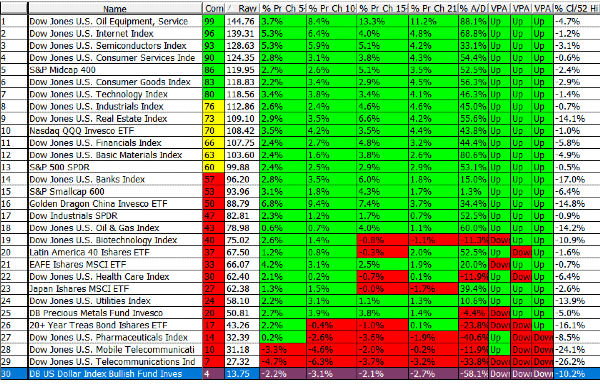
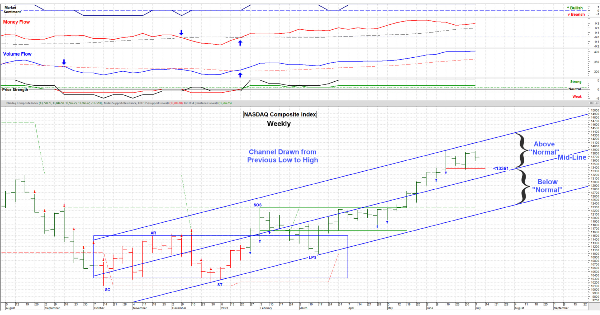
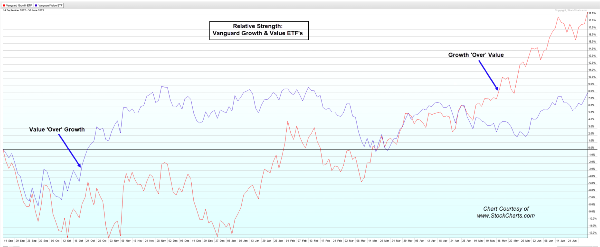
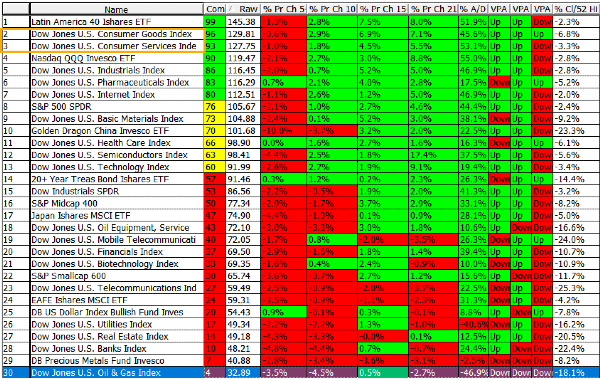
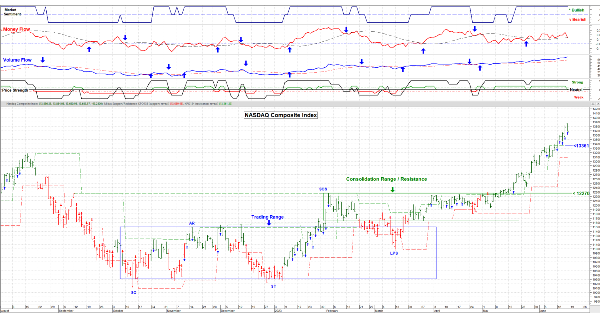

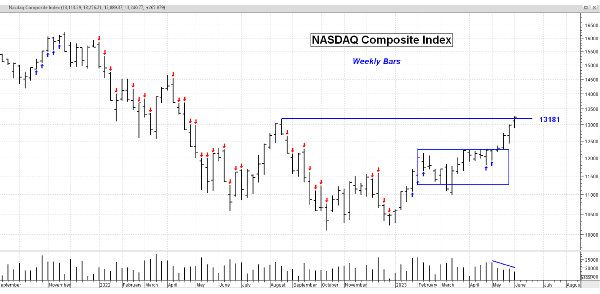
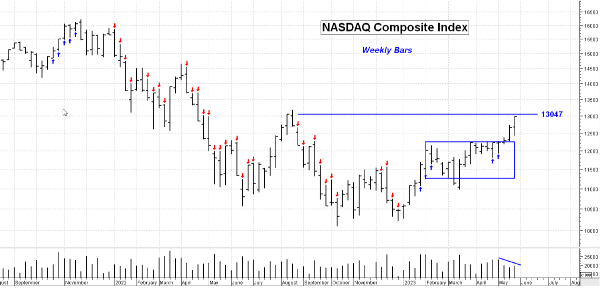
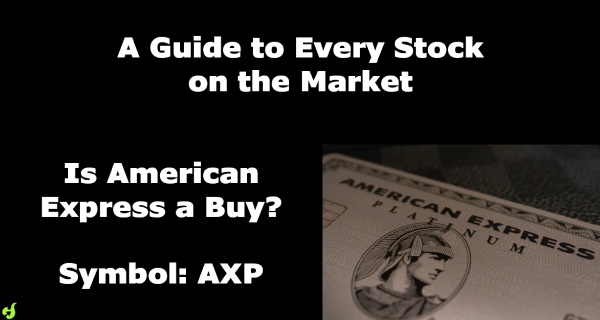
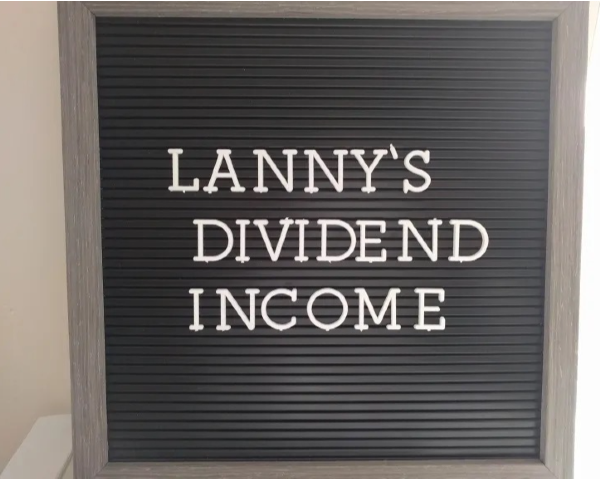

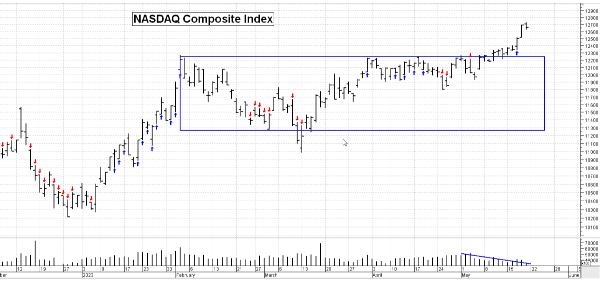
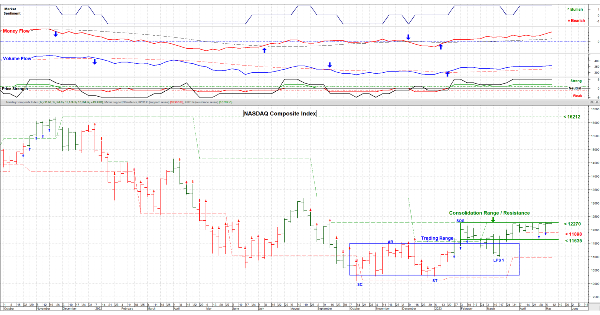
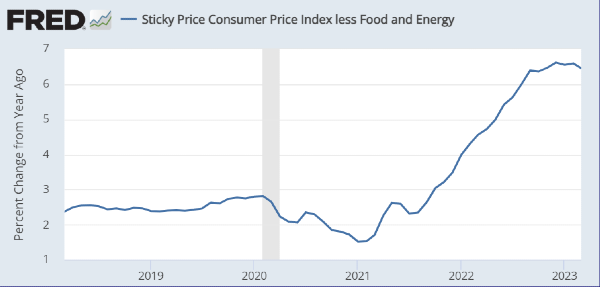












Expertise provided by Tayo Femi-Fowode
Reviewed by Chaster Johnson
Key Points
Is Value Investing a Good Idea?
Value investing is a good idea for investors looking for long-term wealth growth and have the patience to wait years to see investment returns. Value investing is an evergreen concept that is successful at buying and selling investments for a profit.
When you practice value investing, the process grounds you and keeps you from buying on impulse. This grounding occurs because this investing style forces you to figure you an actual price that a stock is worth. From this reference point, called an intrinsic value, you compare it to the price the market is giving you.
From this comparison, you end up with a clear decision point on when to invest and when to take profits. This comparison cares if the market price is a bargain but doesn’t care about how the market got to that price. Even if the price is rising or crashing, the value investor is only concerned about the price and not the price history. So, starting with a value investing philosophy, if you’re participating in the stock market, you’re looking to buy a business for less than what they’re worth.
Value Investors React to the Market
Value investing forces you to put a price on the business or security before you go out and buy it. But it does make you reactive to the market. After you’ve waited for the right investment, you’re then waiting for your investment to pan out. The market trader is a proactive market participant that can use derivatives to build a trade regardless of market direction or price.
The Intrinsic Value of Your Worth
This strategy is so fundamental, it can be applied to other areas of your life. For example, if you’re going into a job interview, if you can go in knowing what salary you’re worth. If they offer you more than what you expected, then perfect! You don’t need to negotiate. But if they offer less than what you expected, then you can either negotiate or decline the offer. But if you go in not knowing your expected price, and ultimately your own worth, when you get an offer, you’re at a disadvantage. You don’t know if you should negotiate.
Knowing your own value allows you to negotiate your salary with the company. Similarly, knowing the intrinsic value of a company allows you to negotiate the stock price with the stock market. Just like a new job position, you’ only participate in the stock market if the price is right.
Know your worth before a job interview
Does Value Investing Still Work?
Value investing continues to work to this day because it is an evergreen concept that fundamentally drives the stock market. The intrinsic value of a stock anchors its price in the market. This anchoring is sometimes hard to see through market volatility because it may take years to reorient a stock’s price back to its intrinsic value. Take Intel (INTC) as an example.
Intel was overvalued during the tech bubble of 2000. The price of Intel was 4x higher than It’s calculated intrinsic value at the peak of the tech bubble. It took until 2007 until Intel’s stock price once again followed its intrinsic value! As you can see in the graph, the market refused to sell Intel shares. Market participants held onto their Intel stock until finally in 2007 the market capitulated. After the 2008 financial crisis, Intel’s stock price was anchored again by its intrinsic value.
Value Investing is an Evergreen Concept
Value investing is one of two ways to make a profit from the purchase of an investment. The other method is technical analysis – conducted by the market trader. Traders expect to sell their stock at a higher price due to the mechanics of the stock market. These mechanics could be momentum investing, trading patterns, or volume patterns as just some examples. The market trader sees signals in the price data that indicate price appreciation.
The value investor relies on the intrinsic value of a stock to anchor the stock price. Ultimately in value investing, everyone is looking for a bargain. This means that they need the market price to be below the intrinsic value of stock.
Now, finding a lot of stocks less than what they’re worth is a different problem, but the concept of value investing is evergreen. Value investing may be harder now because bargains are harder to find, but value investing still works today.
Misconceptions about Value Investing
There are misconceptions about value investing. For example, when you peel growth investing down to its core strategy, growth investing and value investing may be the same thing. Your growth stock may have performed well because its value wasn’t recognized by the market. The market undervalued the 10x potential of your growth stock. But both the growth and value investors are looking to buy companies below what they are worth.
People see the stocks jump 50% in 24 hours, but the intrinsic value of a stock doesn’t change in that short of time. At the same time, the intrinsic value of a company doesn’t collapse 50% in 24 hours. But stock prices do fall 50% that quickly. Value investors take advantage of these market shocks to buy companies the market momentarily undervalues and sell stocks the market momentarily overvalue.
Why is Value Investing Not Popular?
The biggest reason value investing is not popular is that it takes time to realize a profit. Data shows that waiting six months to a year won’t show a correlation to intrinsic value and price appreciation. However, wait two years and you then see a correlation of intrinsic value to price appreciation.
Value investing is a slow game. After two years, market prices will typically return back to the anchor – the stock’s intrinsic value. But successful investors hold even longer than two years. Who wants to wait five to ten years to make a profit? People want their money now. But value investing is a slow game and waiting may not be attractive to a lot of people. Waiting is the biggest hurdle to being successful in value investing.
Over time, people’s patience has been waning. For example, data shows that in 2004, people watched videos for 2.5 minutes. In 2023, this has reduced to 47 seconds.. People want videos shorter, deliveries quicker, and investment profits sooner.
If the opportunity to get a quick gain comes, take it. But you probably won’t find those. If you’re buying something you believe is undervalued, then you must wait for the market to realize the mispricing. If you’re only thinking about quick gains, then you’re not buying the company thinking about what value the company can provide you.
For example, if the price goes up and down, but the company’s dividend remains the same, a value investor stops looking at the price and looks instead at what they can get from the company. You must understand what you’re buying and what value the company can give you. That can be in the form of price appreciation or dividends.
Conclusion
Value investing is an evergreen concept that can help you successfully invest. Value investing requires patience as your investments may take years to appreciate. Stock prices are anchored to intrinsic value; however, it can take years for market prices to return back to intrinsic value. But by researching stock thoroughly before investing, your patience will be rewarded with market gains.
Check out our article, how do I start value investing, to begin your investment journey.
https://youtu.be/2ms80eTNybU